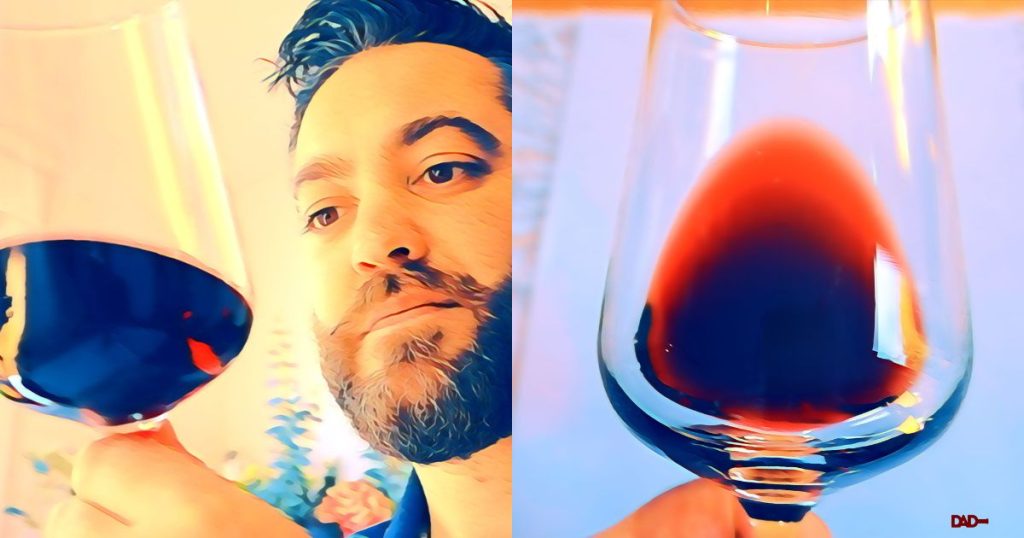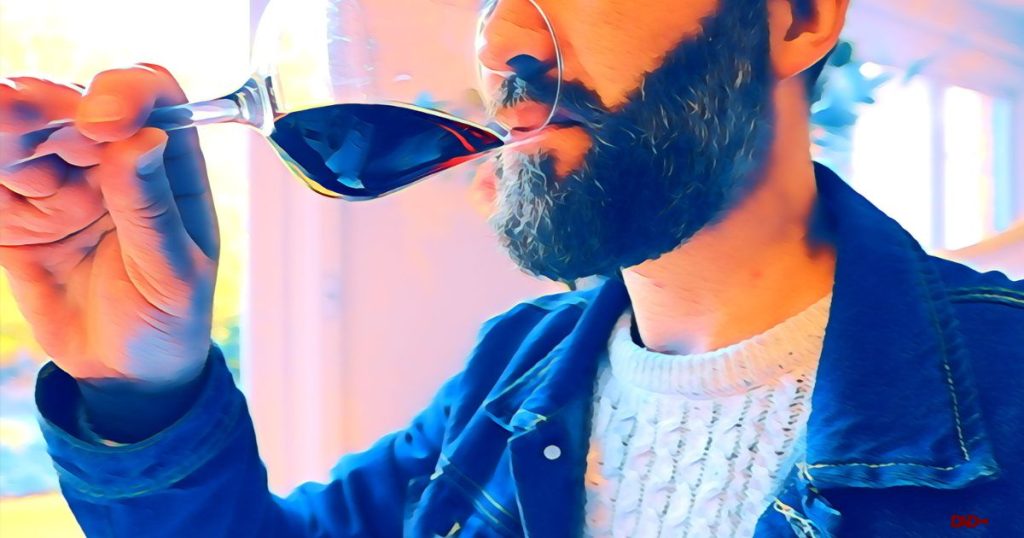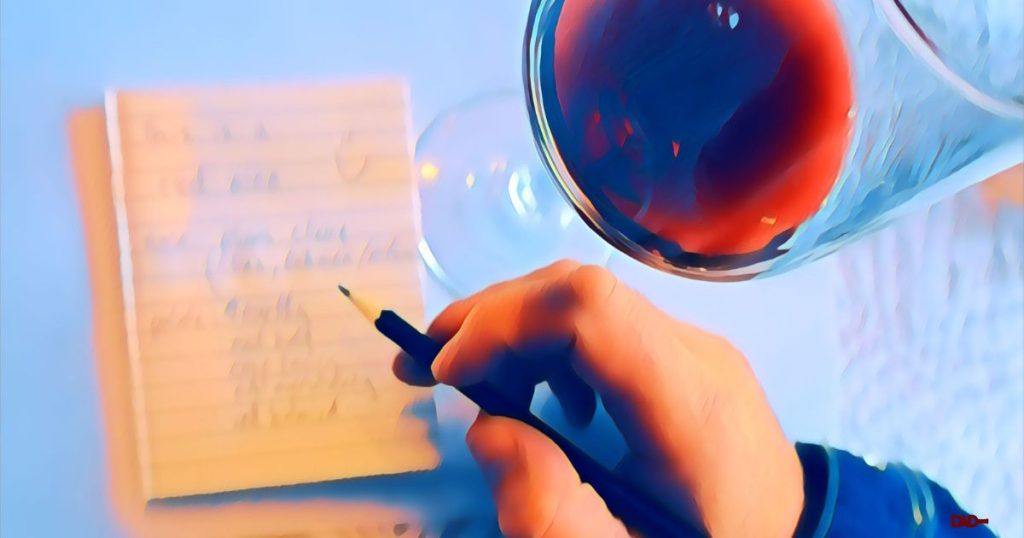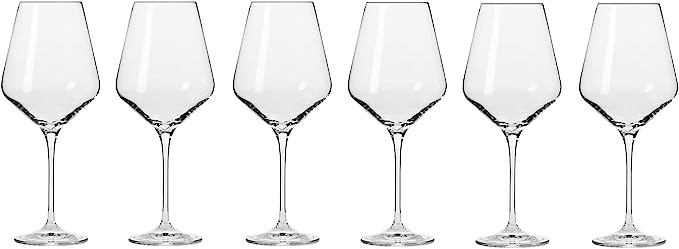It’s Fun to Taste Wine!
If you’re like me, you enjoy a good glass of wine every now and then. But do you ever feel intimidated by those wine snobs who swirl, sniff and sip their wines with such confidence and authority? Do you ever wonder what they’re looking for and how they can tell so much from just a few drops of fermented grape juice?
Well, wonder no more. In this blog post, I’ll teach you how to taste wine like a pro, or at least pretend to. All you need is a proper wine glass, a white background, a nose and a mouth. Oh, and some wine, of course.
Step 1: Look

The first thing you want to do is look at your wine. Pour yourself a glass, but not too much. You want to leave some room for swirling and sniffing later. About one-third full is ideal.
Now, hold your glass by the stem and tilt it slightly over a white tablecloth, napkin or paper. This will help you see the true colour and clarity of the wine. What colour is it? Is it red, white or rosé? Is it light or dark? Is it clear or cloudy? Is it shiny or dull?
The colour of the wine can tell you a lot about its style, body and age. For example, white wines tend to get darker or yellower as they age, while red wines tend to get lighter. A pale yellow wine might be young and crisp, while a golden amber wine might be old and rich. A ruby red wine might be fruity and fresh, while a brick red wine might be earthy and mature.
The clarity of the wine can also indicate its quality and condition. A clear wine is usually a sign of good winemaking and filtration, while a cloudy wine might have some faults or sediments. A shiny wine reflects light well and shows vitality, while a dull wine looks flat and lifeless.
Step 2: Swirl
The next thing you want to do is swirl your wine. This will aerate the wine and release its aromas, which are essential for tasting. To swirl your wine like a pro, keep your glass on the table and move it in small circles with your fingers. Don’t lift it up or shake it too vigorously, or you might end up spilling or splashing.
Swirling your wine will also create some tears or legs on the inside of the glass. These are the droplets that run down the sides after you stop swirling. Some people think the more tears or legs a wine has, the better or stronger it is. But this is not true. The tears or legs are actually caused by the alcohol content and surface tension of the wine, and have nothing to do with its quality or flavour.
Hey!
Do you need cool wine glasses that won’t cost you an arm and a leg?
These are perfect for wine-tasting sessions or for your normal, everyday wine glass.
Step 3: Smell

Now comes the fun part: smelling your wine. This is where you can really impress your friends with your fancy vocabulary and keen nose. To smell your wine like a pro, stick your nose into the glass and take a deep inhale through your nostrils. Don’t be shy, get in there. Just don’t snort the wine.
What do you smell? Do you smell fruits, flowers, spices, herbs, wood, vanilla, butter, honey, nuts, cheese, smoke, leather, earth, mushrooms or something else? Try to be as specific as possible. For example, don’t just say “fruity”, say “black cherry”, “pineapple” or “lemon”. Don’t just say “floral”, say “rose”, “jasmine” or “lavender”.
The aromas of the wine can reveal its grape variety, origin, winemaking techniques and age. For example, Sauvignon Blanc often smells like grass, gooseberry and grapefruit; Pinot Noir often smells like cherry, strawberry and mushroom; Chardonnay often smells like apple, pear and butter; Cabernet Sauvignon often smells like blackcurrant, cedar and mint.
The aromas of the wine can also change over time as the wine evolves in the glass. Some aromas might become more intense or fade away; some new aromas might emerge or disappear. This is why it’s important to swirl and smell your wine again before you taste it.
Step 4: Taste

Finally, we get to taste wine. This is where you can confirm or contradict your impressions from looking and smelling. To taste wine like a pro, take a small sip and let it roll around your mouth. Try to cover all parts of your tongue and palate with the wine.
What do you taste? Do you taste the same things that you smelled? Do you taste anything new or different? How does the wine feel in your mouth? Is it light or heavy? Is it smooth or rough? Is it dry or sweet? Is it acidic or alkaline? Is it tannic or soft?
The taste of the wine can be divided into three phases: the attack, the evolution and the finish. The attack is the initial impression that the wine makes on your palate. It is influenced by the alcohol, acidity, sweetness and tannins of the wine. The evolution is the middle part of the taste, where the flavours and textures of the wine develop and change. It is influenced by the grape variety, origin and winemaking techniques of the wine. The finish is the final impression that the wine leaves in your mouth after you swallow or spit it out. It is influenced by the balance, complexity and length of the wine.
A good wine should have a balanced, complex and long taste. That means that none of the components (alcohol, acidity, sweetness, tannins) should overpower or clash with each other; that the wine should have a variety of flavours and aromas that harmonize and complement each other; and that the wine should linger in your mouth for a while and leave a pleasant aftertaste.
Step 5: Savour

The last thing you want to do is savour your wine. This is where you enjoy the wine for what it is and appreciate its qualities. One simply does not only taste wine. To savour your wine like a pro, take a moment to reflect on your tasting experience. Think about what you liked and disliked about the wine. Think about how it made you feel and what it reminded you of. Think about how it matched or contrasted with your food, mood or occasion.
Savouring your wine is also a great opportunity to share your thoughts and opinions with others. Don’t be afraid to express yourself and compare notes with your fellow tasters. You might learn something new or discover something unexpected. Remember, there is no right or wrong answer when it comes to tasting wine. Everyone has their own preferences and tastes. The most important thing is to have fun and enjoy yourself.
To become a ‘pro’ you need to taste wine over and over again. But I’m sure you’ll manage just fine. Take notes as well! Writing notes can help you describe the overall experience of the wine you’re tasting.
And there you have it: how to taste wine like a pro (or at least pretend to). I hope you found this blog post helpful and entertaining. If you did, please share it with your friends and leave a comment below. And if you want to learn more about wine, and how I like to describe some, check out some of my other posts on this website.
Cheers! 🍷



